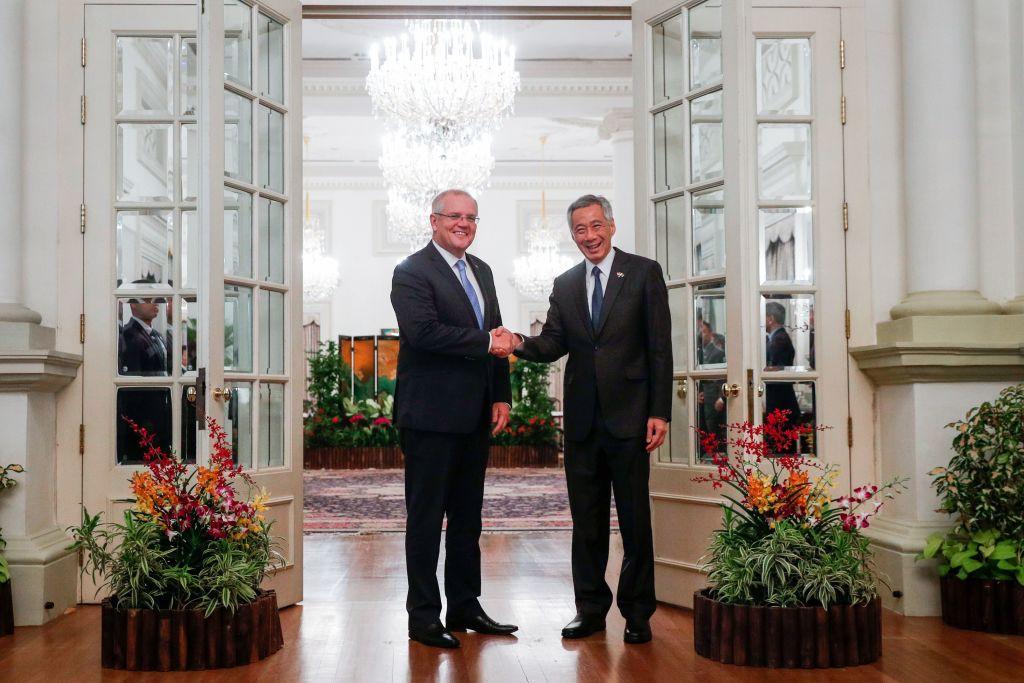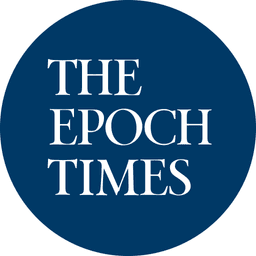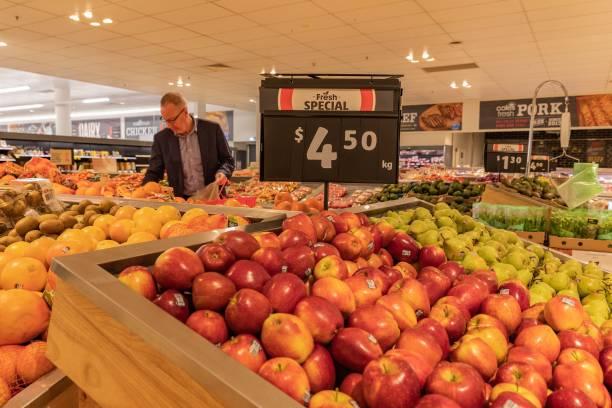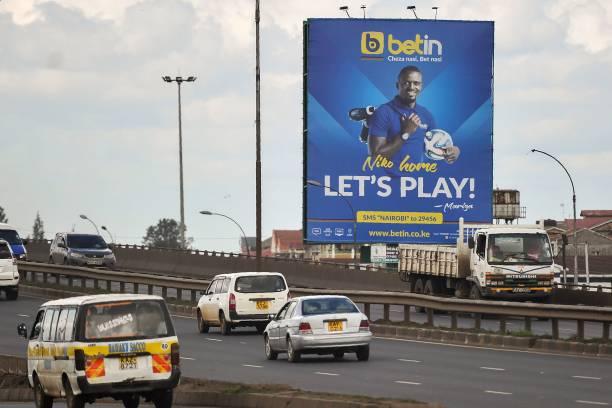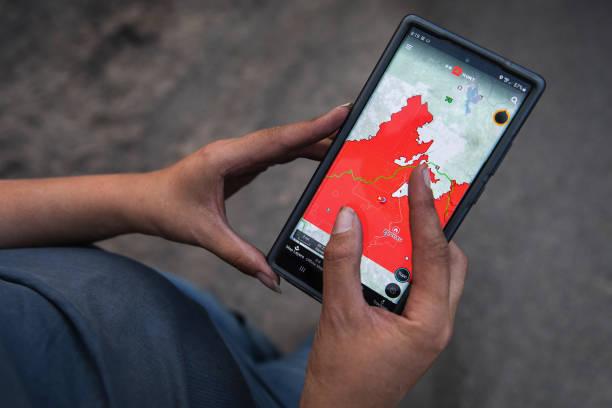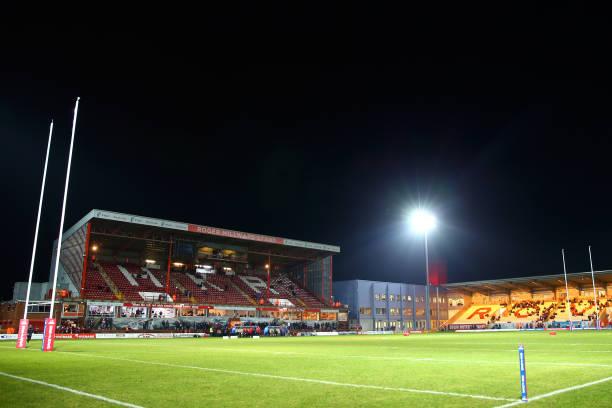Australia and Singapore have agreed to build a quarantine-free travel bubble between the two countries similar to Australia’s pre-existing one with New Zealand.
Prime Minister Scott Morrison met with Singapore leader Lee Hsien Loong on June 10 prior to joining the G7 summit in Cornwall, UK. The two PMs committed to resuming two-way, cross-border travel “when the public health situation in both countries permits,” according to a joint statement.
